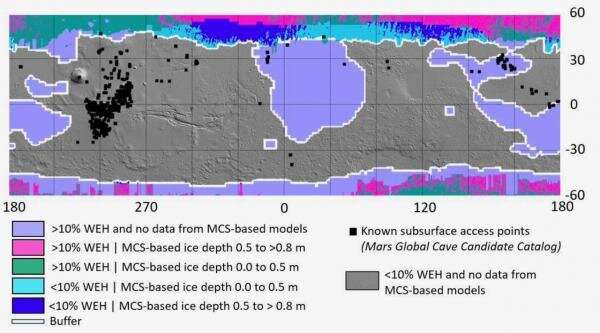
Copernical Team
Scaling up ESA’s asteroid facilities

The new heart of ESA’s Planetary Defence Office was inaugurated today, heralding a new chapter in the Agency’s work to protect Earth from dangerous near-Earth objects, aka asteroids.
Blue Origin delays William Shatner's space flight

Blue Origin announced Sunday it was delaying an upcoming flight set to carry actor William Shatner to space due to anticipated winds.
Shatner, who played Captain James T. Kirk in the cult classic TV series "Star Trek," is due to become the first member of the iconic show's cast to journey to the final frontier as a guest aboard a Blue Origin suborbital rocket.
Beam me up, Jeff! William Shatner lends Blue Origin star power

When Star Trek first aired in 1966, America was still three years away from putting people on the Moon and the idea that people could one day live and work in space seemed like a fantasy.
On October 12, William Shatner—Captain James T. Kirk to Trekkies—is set to become the first member of the iconic show's cast to journey to the final frontier, as a guest aboard a Blue Origin suborbital rocket.
NASA Invites Media to James Webb Space Telescope Launch
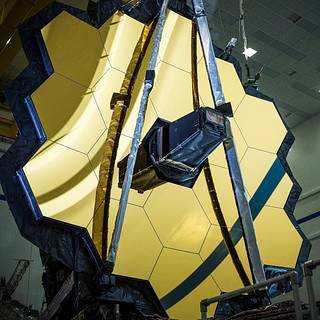 Members of the media may now register their interest in attending the launch of NASA’s James Webb Space Telescope, the premier space science observatory for the next decade.
Members of the media may now register their interest in attending the launch of NASA’s James Webb Space Telescope, the premier space science observatory for the next decade. Week in images: 4 - 8 October 2021
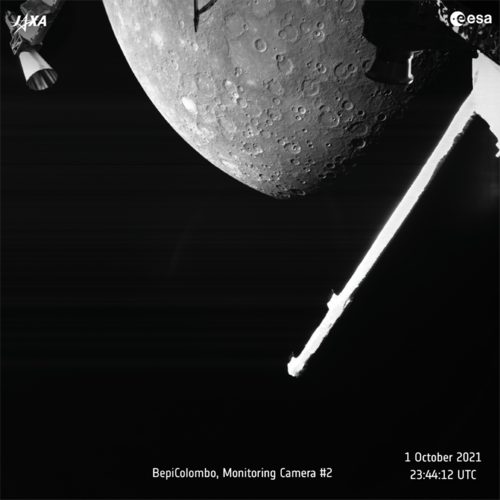
Week in images: 4 - 8 October 2021
Discover our week through the lens
Newly returned moon rock samples chronicle the dying days of lunar volcanism
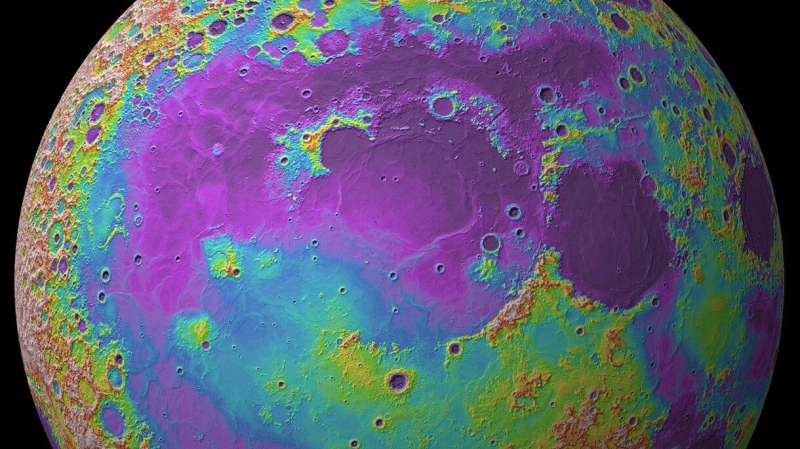
Billions of years ago, lakes of lava on the surface of the moon eventually dried to form the vast dark patches—the lunar maria—visible today on the lunar nearside. Now, thanks to rock samples recently returned to Earth by China's Chang'e 5 mission, scientists have a new estimate for when one of the last of those lava flows ran dry.
Earth from Space: Budapest, Hungary
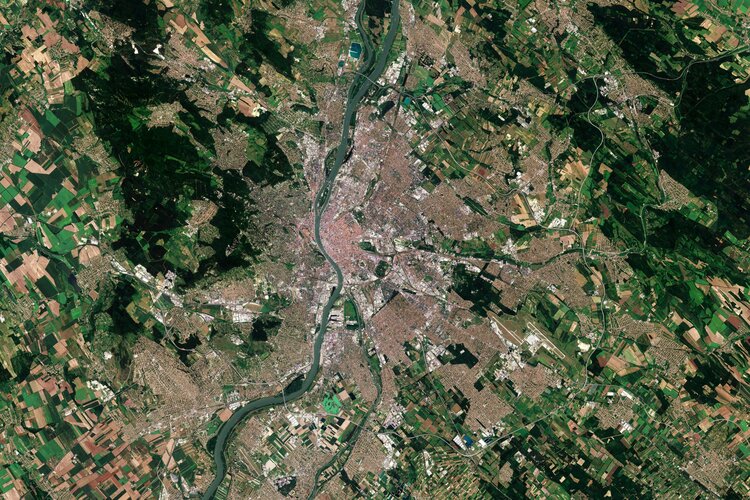
Budapest, the capital and most populous city in Hungary, is visible in this image captured by the Copernicus Sentinel-2 mission.
Galileo satellites arrive at Europe’s Spaceport
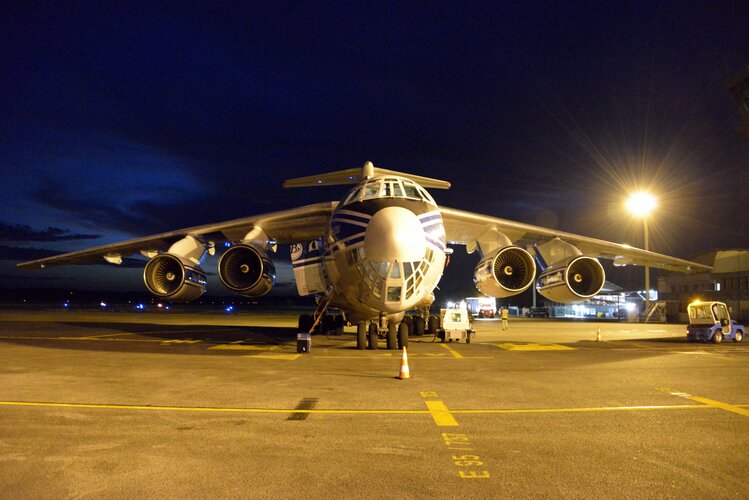
The latest pair of Galileo satellites have touched down at Europe’s Spaceport in French Guiana, ahead of their launch together next month.
Samples returned by Chang'e-5 reveal key age of moon rocks

A lunar probe launched by the Chinese space agency recently brought back the first fresh samples of rock and debris from the moon in more than 40 years. Now an international team of scientists—including an expert from Washington University in St. Louis—has determined the age of these moon rocks at close to 1.97 billion years old.
"It is the perfect sample to close a 2-billion-year gap," said Brad Jolliff, the Scott Rudolph Professor of Earth and Planetary Sciences in Arts & Sciences and director of the university's McDonnell Center for the Space Sciences. Jolliff is a U.S.-based co-author of an analysis of the new moon rocks led by the Chinese Academy of Geological Sciences, published Oct. 7 in the journal Science.
The age determination is among the first scientific results reported from the successful Chang'e-5 mission, which was designed to collect and return to Earth rocks from some of the youngest volcanic surfaces on the moon.
Less restrictive 'bioburden' rules would make some Mars missions simpler
